Goose hatching requires different conditions than other birds and is therefore considered by some to be difficult. But on the contrary, it is easy and only some processes need to be done, and these processes are done instinctively by the mother goose in natural hatching.
Geese are generally water-loving animals, so there must be water where they live, and it is important for them to mate.
After the mother goose is a gurk, she starts to lie on the eggs wet and due to the nature of the geese, this behavior does not cause any harm to the eggs.
Each time the mother goose goes out to find food, the eggs get a slight heat shock, and also the goose, still swimming and wet, returns to its nest and lies on the eggs. The same procedures must be done in the construction of artificial incubation from goose eggs.
Effect of irrigation on goose brood:
Goose eggs have a thicker and harder shell than other poultry, and therefore, when the hatching time comes, the shell must become softer to be broken by the chicks.
For this reason, they increase the humidity during the hatching period from other birds and high humidity causes the shell to be fragile.
But since the goose eggs are thicker and harder, irrigation should be done in addition to the humidity in the incubator.
When should goose eggs start watering?
After loading the goose eggs into the incubator, you have to wait a week to 10, and during this time the incubation process should continue with the temperature and humidity values required for the goose eggs. After 1 week, it is necessary to check the progeny and remove the infertile eggs from the incubator.
After separating the infertile eggs, irrigation should be done.
It is forbidden to use tap water or mineral water for irrigation !!
Yes, friends, using normal tap water for goose incubation or any bird egg incubation is harmful to the eggs and the incubator.

Normal tap water contains minerals and most importantly lime, and by spraying this chalky water on the eggs, the air pores on the eggs become clogged and the oxygen required for the development of the chicks does not reach, in addition, these minerals and lime are harmful to the incubator sensor and other mechanisms, and over time the sensor The slewing system causes problems with the heating elements.
Therefore, for irrigation and moisture production, you must use pure water or distilled water. Pure water does not contain minerals and lime, and therefore does not cause any harm.
But there are some conditions that you should pay attention to for irrigation and it is important to apply these rules:
Before opening the incubator door, you need to raise the room temperature to 32 degrees.
Before touching the eggs, make sure your hands are clean and it is recommended to use latex gloves.
It is important to do this slowly and carefully during the watering of the eggs, and a sudden movement or blow may cause the umbilical cord to break or the veins to rupture in the chicks.
The water temperature used should be at room temperature and if it is low, it will cause heat shock to the eggs. And if it is hot, it cannot provide the required effect and the irrigation process is useless.
It is recommended to use a standard sprinkler for irrigation.
The eggs do not need to be completely wet when watering, and you only need to spray water on the eggs from a distance of 50 cm. In other words, it is sufficient to put water on the eggs as a humidity.
Irrigation should be done every day and should be done at the same time until the start of the hatching period.
Last word :
Some users complain that the humidity level rises in the incubator after irrigation, although this is a normal phenomenon and the water on the eggs will become steam due to the temperature, causing an increase in the humidity value in the machine cabinet.
This situation is temporary in incubators and especially if you are using Ayyildiz incubators, the artificial intelligence of the control system will manage other systems to provide normal humidity, so there is no need to change the settings.

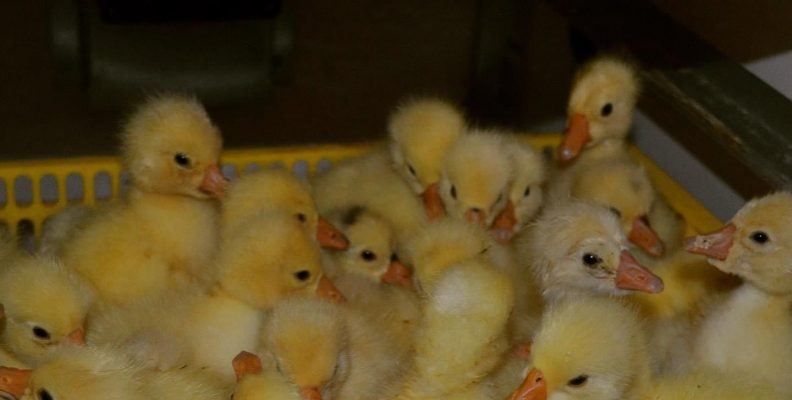

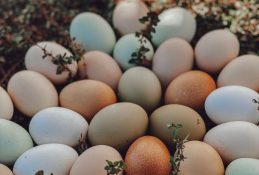

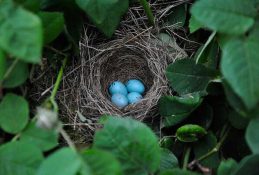
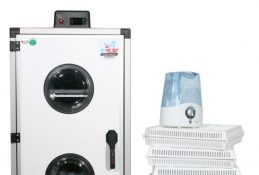
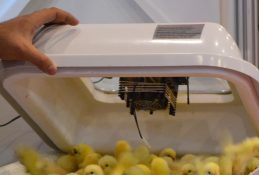
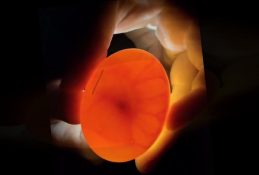
Comment